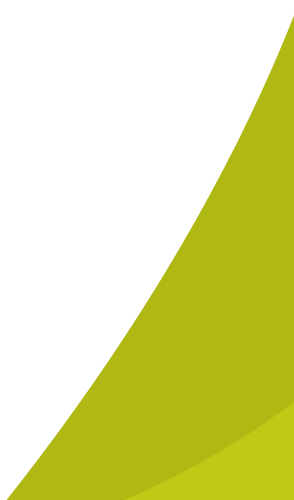Why ePIcenter? Panasonic

About the Panasonic Group
A global leader in developing innovative technologies and solutions for wide-ranging applications in the consumer electronics, housing, automotive, industry, communications, and energy sectors worldwide, the Panasonic Group switched to an operating company system on April 1, 2022 with Panasonic Holdings Corporation serving as a holding company and eight companies positioned under its umbrella. Founded in 1918, the Group is committed to enhancing the wellbeing of people and society and conducts its businesses based on founding principles applied to generate new value and offer sustainable solutions for today’s world. The Group reported consolidated net sales of Euro 56.40 billion (7,388.8 billion yen) for the year ended March 31, 2022. Devoted to improving the wellbeing of people, the Panasonic Group is united in providing superior products and services to help you Live Your Best.
To learn more about the Panasonic Group, please visit: https://holdings.panasonic/global/
Why did Panasonic join ePIcenter?
As a shipper on the Asia to Europe trade lane, Panasonic has been interested in looking for alternative routings or new ways to organise their shipments for quite some time. The ePIcenter project has been a great opportunity to learn and contribute first hand.
That’s why we at Panasonic joined the project. Panasonic’s contribution has been to share industry knowledge and operational experience to ensure that the proposed solutions work in real life and that business specifics are taken into consideration.
Supporting the design of the concept with our operational experience, we are open to test feasibility with actual Panasonic shipments, once the proof of concept has been developed. The result and impact can be shared with members of the project and beyond.
For Panasonic, Sea freight and Air freight (lower volume) are currently the main modes of transport, with minimal rail freight volume. Therefore, Panasonic is interested in looking for ways to transport Sea freight in a sustainable and marine wildlife friendly way.
We are strongly involved in the Arctic use case where we review challenges presented to Arctic Shipping to determine opportunities for creating solutions which will facilitate freight movements while reducing risks to marine wildlife and damage to the environment.
The big learning point so far is that the transit time is largely reduced when goods can be shipped by this Northern route, but the downside is that there are a high number of restrictions. Transporting goods in an ecological and wildlife friendly way is a complex matter, and a lot needs to be considered before a vessel can actually sail this route.
In the ePIcenter project, a clearer picture of destination traffic and transit traffic is currently under development to better understand both, the possible risks involved with shipping in the Arctic and the possible economic leverage shipping can present to communities.
Panasonic also takes part in the Silk Route optimisation use case (Asia – Europe) as an end user to trial the synchro modal optimisation solutions. Up until now, a limited number of shipments are being shipped today by rail – at Panasonic but also across the supply chain sector. The issue up until today was a lack of transparency in the total supply chain. This has been solved now thanks to the “visibility tool”. All parties involved in the transport process are taking part (shipper, operator, terminal, forwarder) in the project. However, the current conflict in Ukraine brought some serious challenges and there is a need to look for alternative routings and sufficient data to test the solution.
ePIcenter is one part to bring us to the ideal situation
The ideal situation to transport goods is that no human involvement would be needed anymore. An algorithm would calculate the best routing based on the customers preference (time, price, emissions, etc.). And it would not only take into account individual shipments, but all shipments that are being shipped on such trade lane. If you only want to ship a smaller amount of goods, the tool will be able to tell you the best way to ship: Whether it is with a full container load or if there are goods from other shippers that can be combined to optimise the load space utilisation.
Naturally, in order to achieve this ideal situation, all parties will have to be connected and need to be willing to share their data. ePIcenter is one piece of this future vision of connection and automation which will finally lead to a more sustainable supply chain. All this can’t be achieved by just one project, but as a combination of multiple projects it can bring us a lot closer to this vision.




